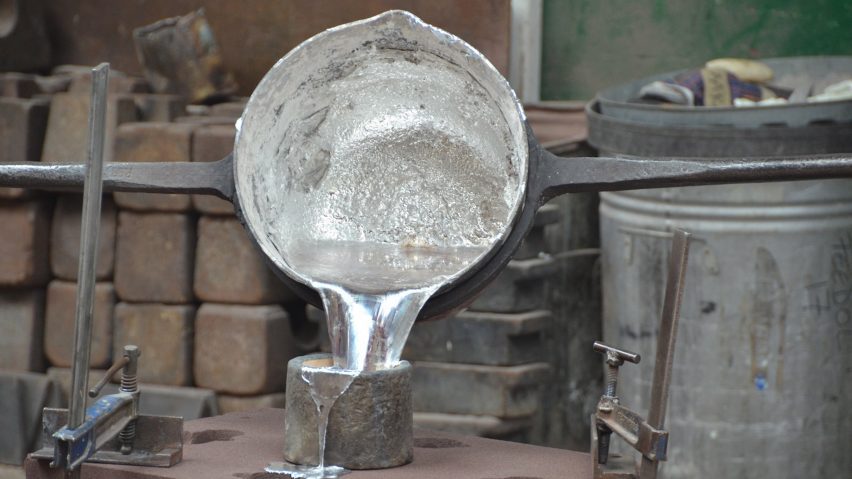
Pearson Lloyd reveals 10 "well-made" design objects from LDF exhibition
Pearson Lloyd founders Luke Pearson and Tom Lloyd have curated the London Design Festival exhibition Well Made to explore what this term means in today's world. In a Dezeen exclusive, they highlight 10 objects from the show.
Well Made is on show at Pearson Lloyd's east London studio, Yorkton Workshops, from 14 to 22 September. The exhibition showcases 60 examples of well-made design, selected through consultation with over 40 contributors.
These include Dezeen editorial director Max Fraser, as well as design industry leaders such as Jin Kuramoto, Ineke Hans, Kim Colin and Sadie Morgan.
Pearson and Lloyd hope the exhibition will highlight the need to redefine what it means to be well-made, as new materials and manufacturing technologies enable more eco-friendly forms of production.
"This exhibition is inspired by decades of observation," said Pearson.
"Tom and I are in constant dialogue about the materials, processes and consequences of production methods we encounter on our travels, ranging from bricolage to craft to industry. In recent history, our industry has over-designed for questionable human needs."
Here, the pair talk through 10 of the most thought-provoking designs from the show:
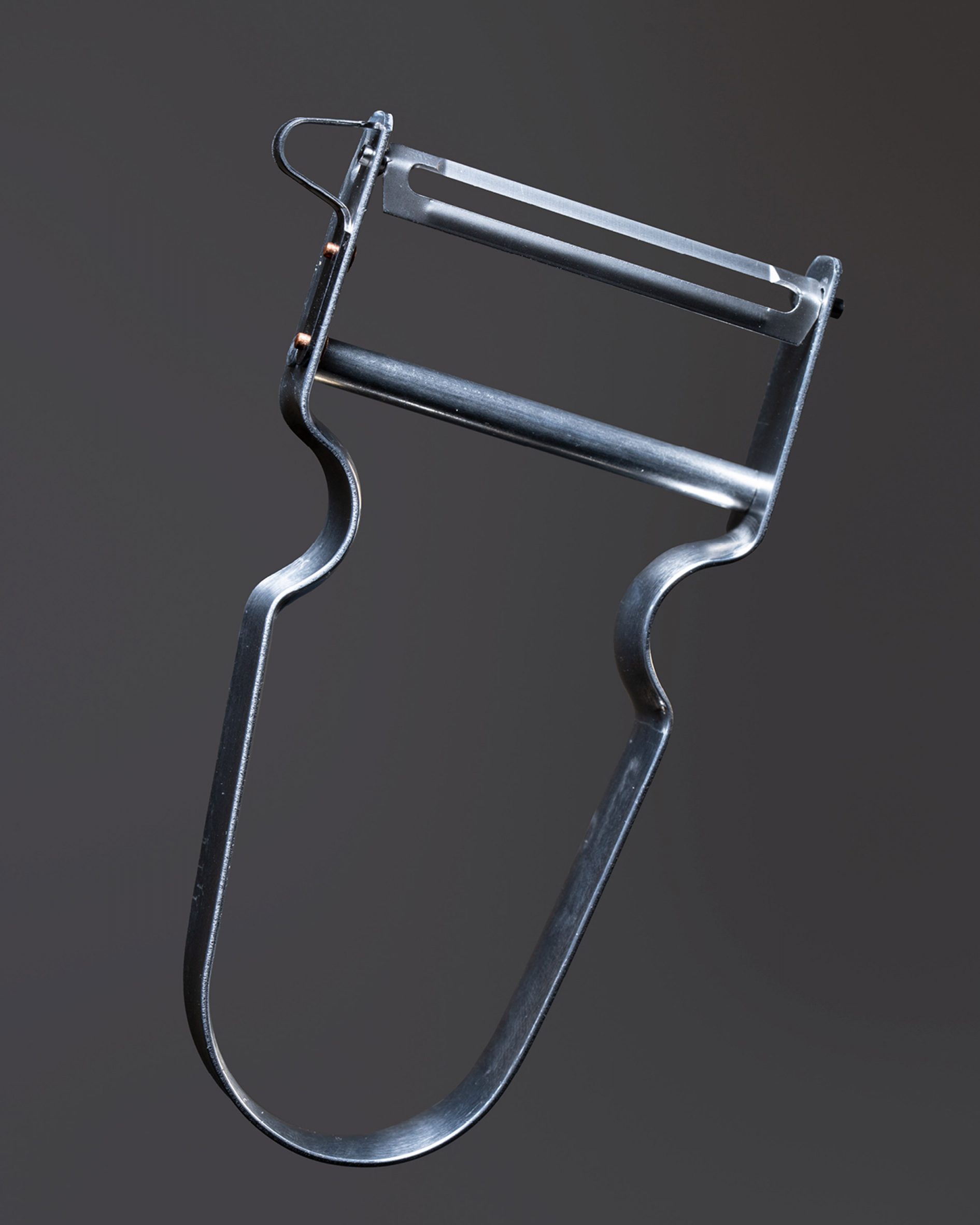
Rex peeler, manufactured by Victorinox
Selected by Jasper Morrison
"The Rex potato peeler is a wonderful expression of the reductive and elegant manipulation of materials and process to deliver affordable function for everyone," said Pearson and Lloyd.
"Proven out by years of daily use, it is an intuitive highly optimised tool. In this case the physical manipulation of materials is a central part in the form and function of the device."
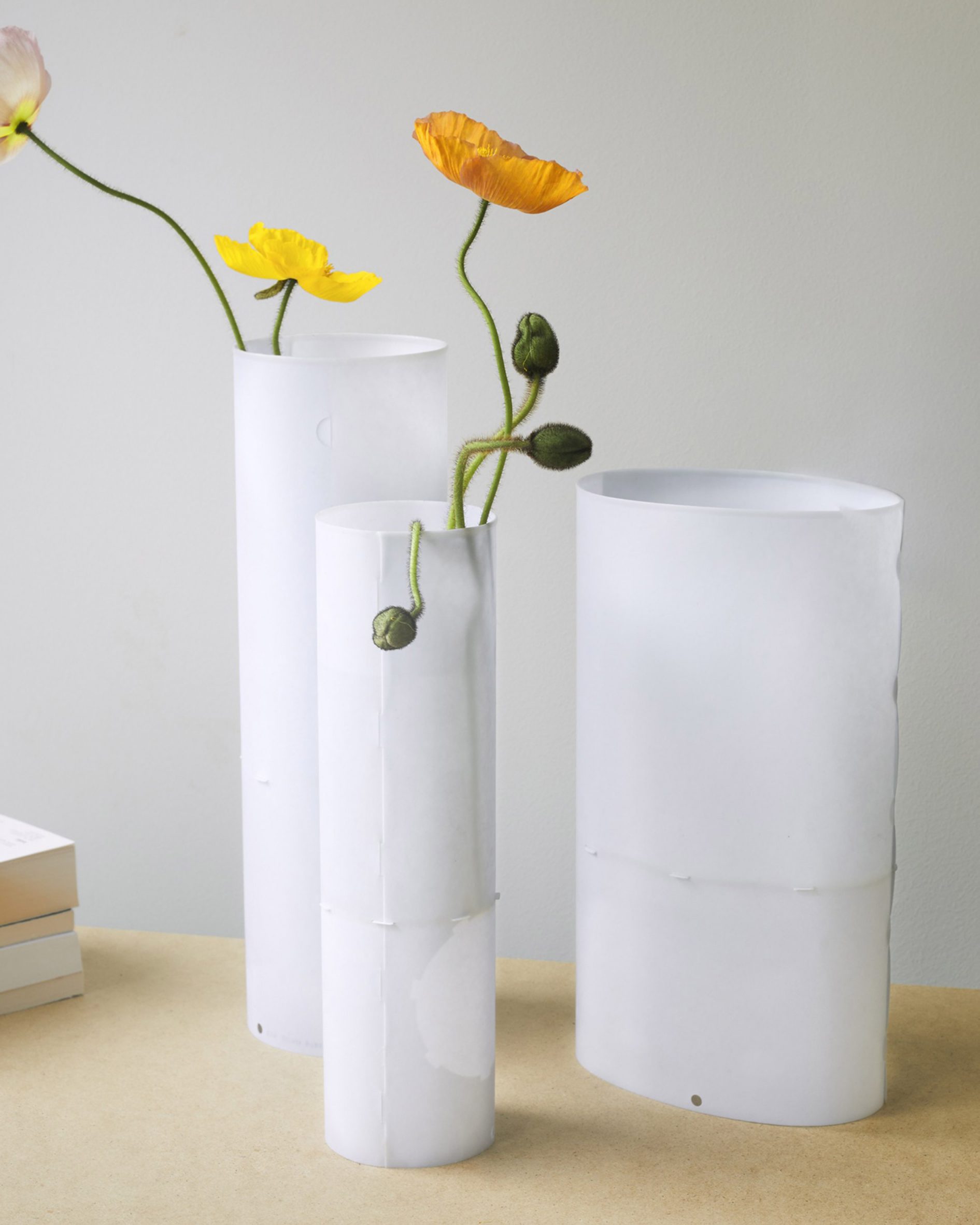
Dip beeswax paper vase, designed by Silvio Rebholz
Selected by Erwan Bouroullec
"The use of wax to waterproof the otherwise fragile paper creates a beautiful tension between two usually incompatible materials – paper and water," said Pearson and Lloyd.
"The fragile nature of the vase somehow feels so appropriate to the ephemeral nature of the flower and raises questions about regenerative material use, permanence and end of life."
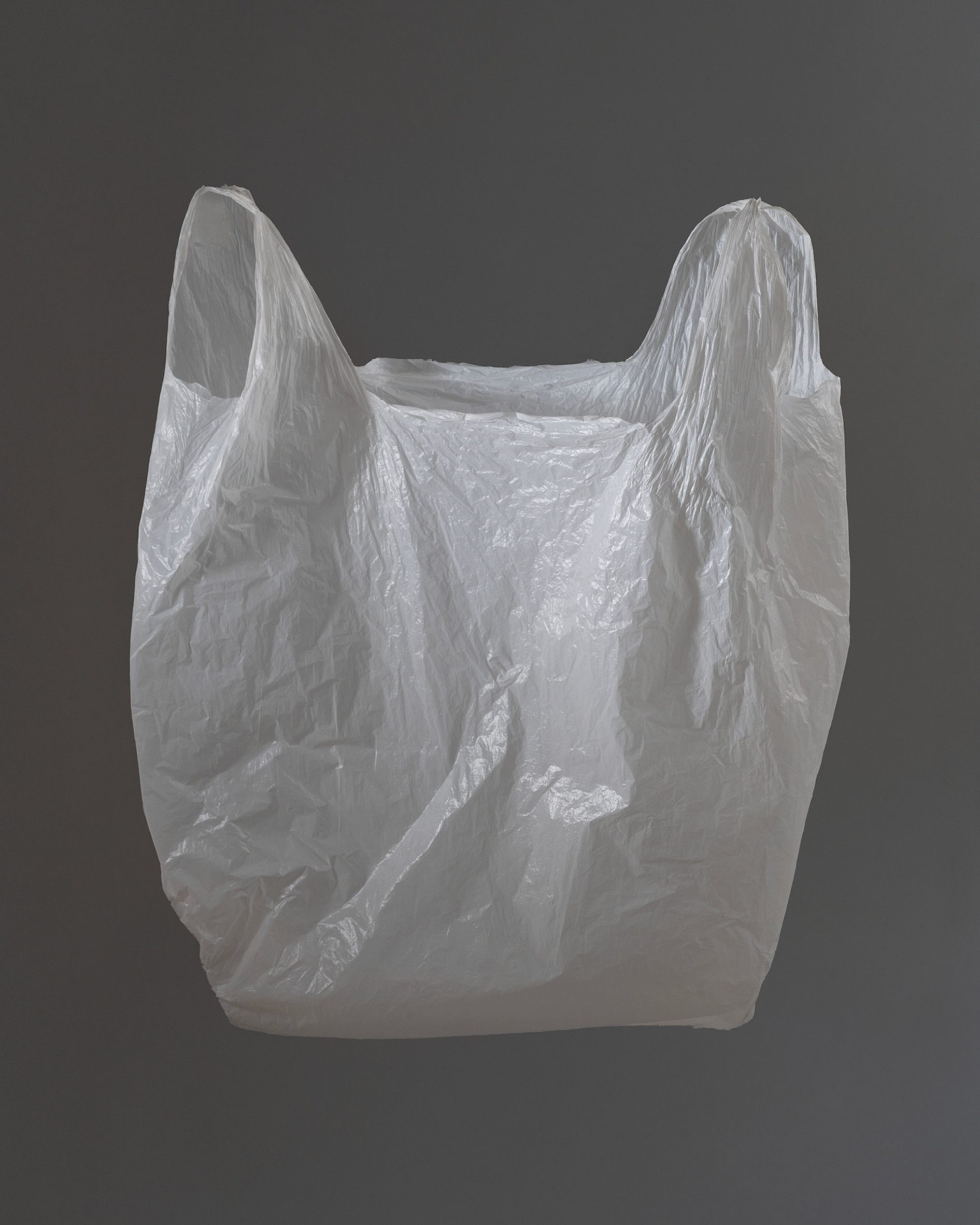
Plastic bag
Selected by Mark Wilson
"The plastic bag, notorious for its damaging impact on the oceans, has become a symbol of environmental harm. Yet, from an engineering perspective, it's remarkably efficient – offering convenience, affordability, and functionality with minimal material," said Pearson and Lloyd.
"Mark's provocative submission challenges us to reconsider this everyday item. With eight billion people on the planet, we must question the environmental toll of such simple conveniences, while also acknowledging that cost often drives many of our choices."
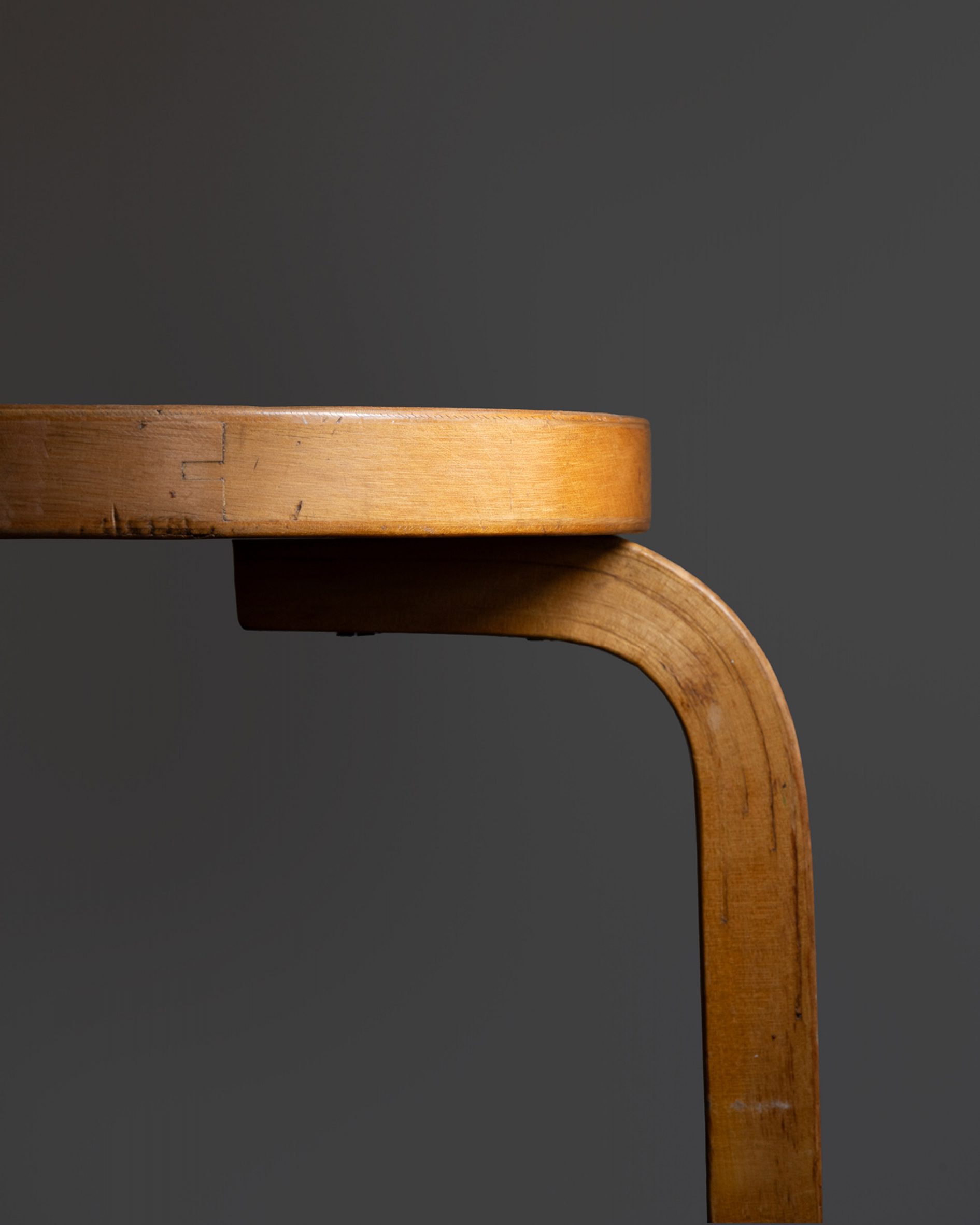
Archetypes (Stool 60 designed by Alvar Aalto)
Selected by Anniina Koivu
"Anniina suggests that archetypes are a prime example of what it means to be well-made. They endure because they possess a universal function or quality that consistently benefits those who use them," said Pearson and Lloyd.
"Design is a term frequently applied to products that may not have involved a designer at all," they continued.
"In a world obsessed with designer labels, it's humbling to remember that true success often has no name or brand. Instead, it thrives simply because it works – enduring in society by continuing to enhance people's everyday lives."
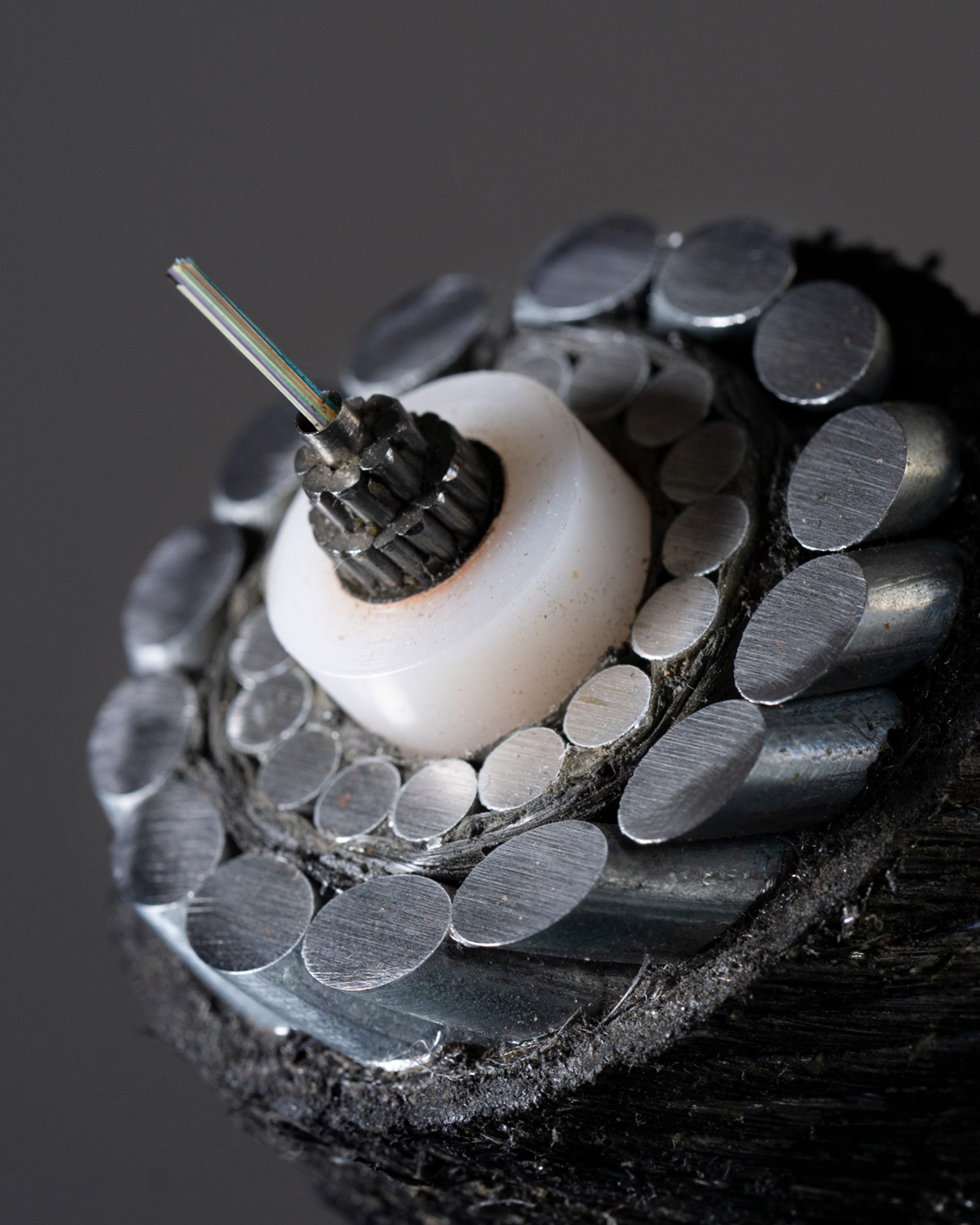
Fibre-optic cable
Selected by Paul Cocksedge
"The remarkable magic of glass optical fibres powers our global information superhighway," said Pearson and Lloyd.
"Paul's choice of optical fibre is fitting for his approach, reflecting the creative process of experimenting with materials to uncover new uses and untapped properties. The shift from copper wire in the analogue age to optical fibre in the digital era exemplifies the relentless evolution that defines human progress."
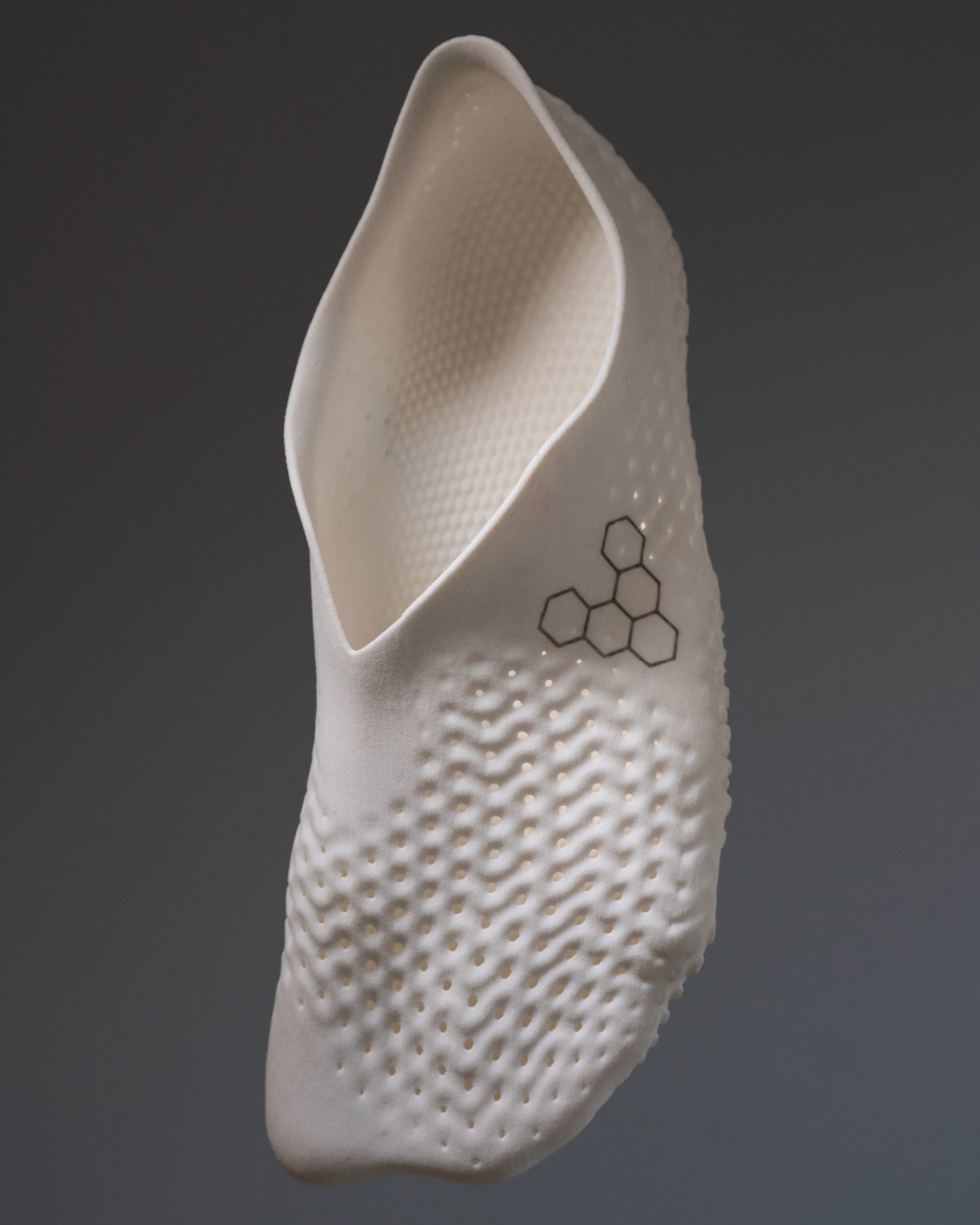
3D printed shoe, designed by Vivobarefoot & Balena
Selected by Jo Barnard of Morrama
"Additive manufacturing offers new functional and aesthetic possibilities while minimising waste and reducing carbon intensity," said Pearson and Lloyd.
"By using digital tooling and locally delivered 'print-to-order' methods, it eliminates the need for energy-intensive moulds, excess stock, warehousing, and transportation," they stated.
"Despite being machine-driven, the digital 3D printing process ironically revives the tradition of bespoke shoemaking, a craft that was largely lost with the rise of mass production."
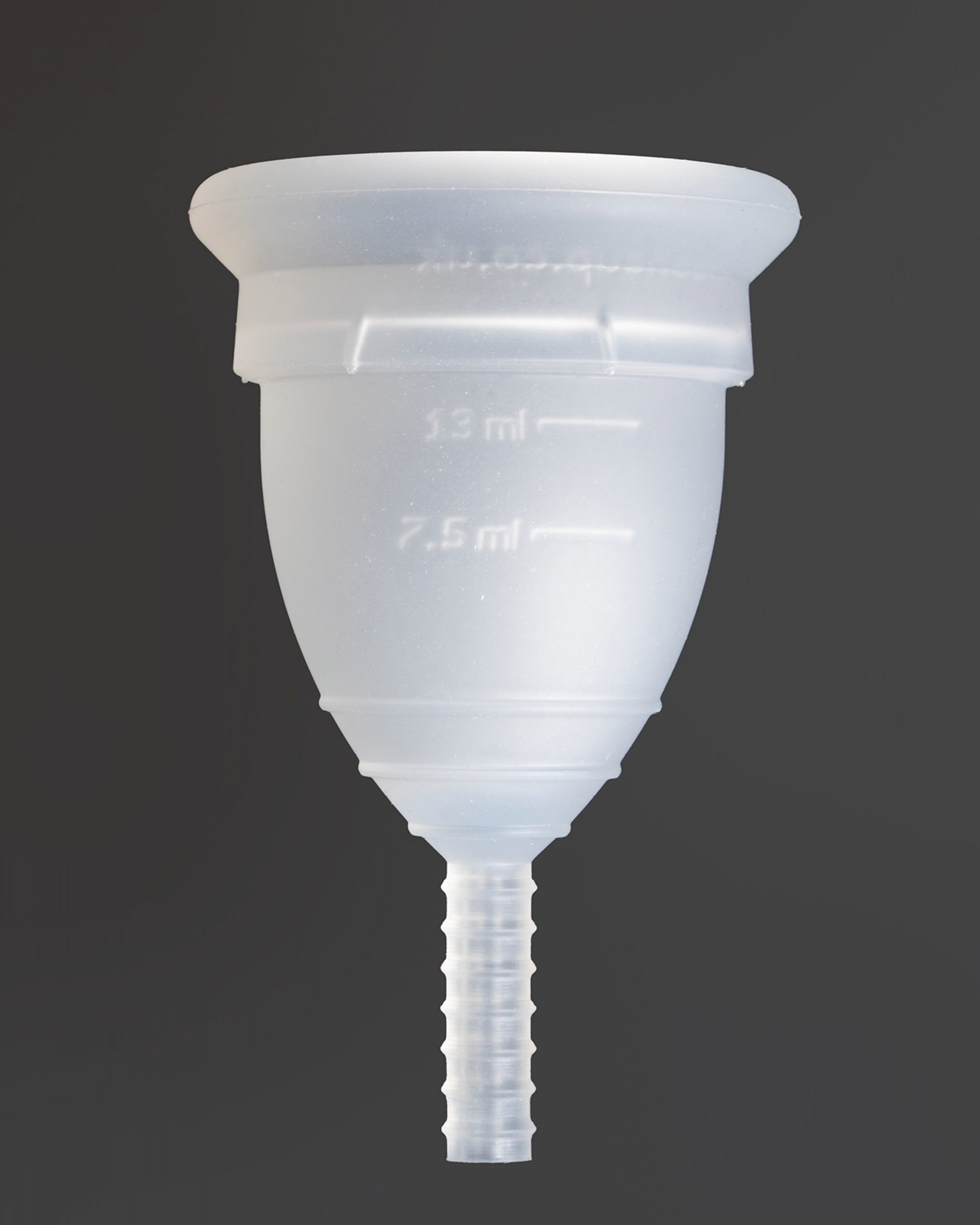
Menstrual cup, manufactured by Mooncup
Selected by Amy Wolfe
"Period poverty is a serious issue, impacting up to 36 per cent of UK students and often carrying a social stigma," said Pearson and Lloyd.
"Traditional period products are also resource-intensive, consuming significant energy and generating waste. The Mooncup offers a powerful alternative, challenging conventional designs by addressing both financial and environmental concerns," they continued.
"As a private, highly personal product, it isn't shaped by trends or conspicuous consumption. While much of design is driven by seductive marketing and peer pressure, the Mooncup stands apart, guided by ethics, sustainability and efficiency. It's a thoughtful innovation that reimagines a costly, wasteful necessity."
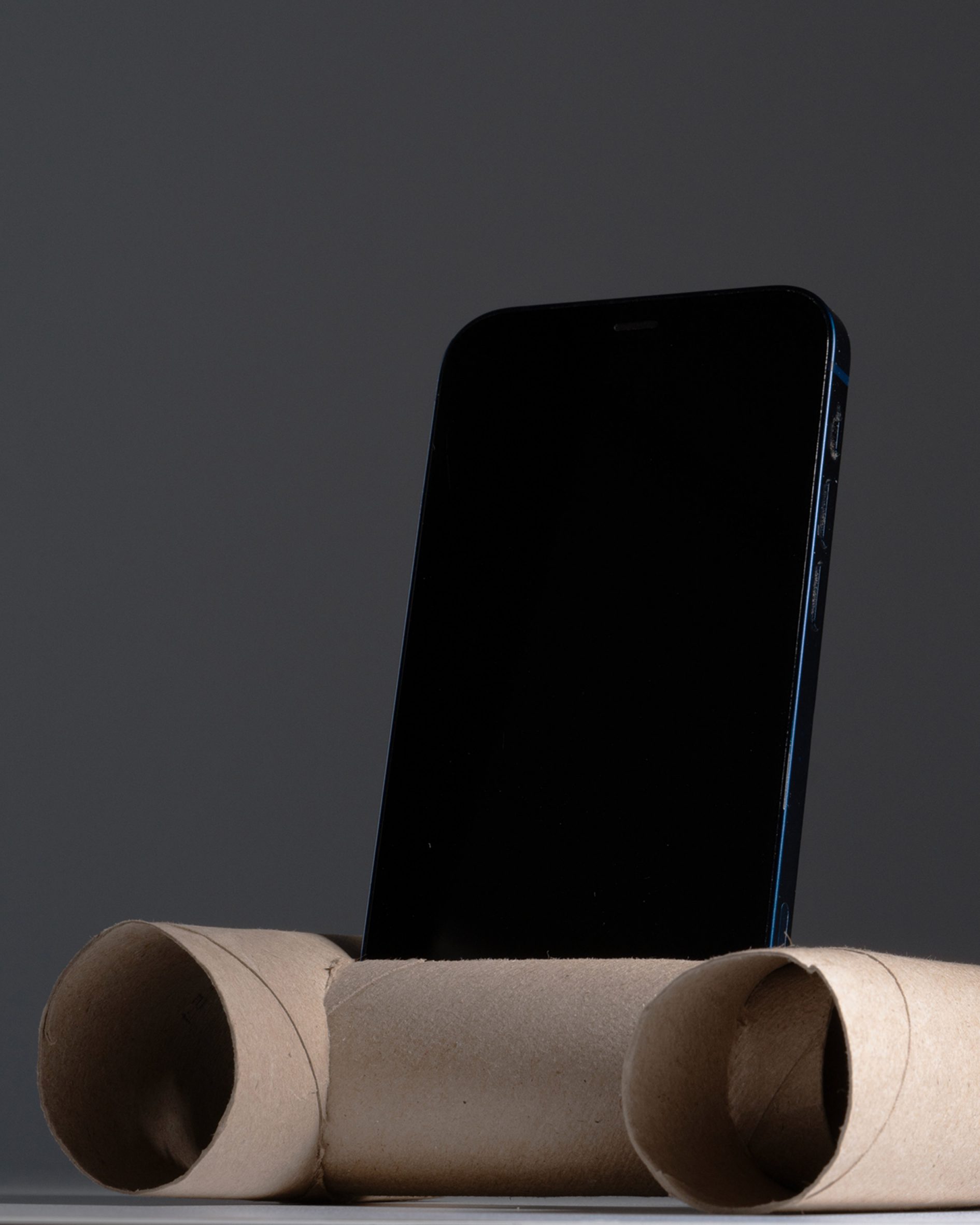
CRAPT: good enough?
Selected by Daniel Charny
"Sometimes we create things that are overly durable, consuming excessive energy and natural resources in the process. This raises the question: what does well-made really mean?" said Pearson and Lloyd.
"The toilet-paper phone stand challenges our notions of quality and function, asking, 'How little can we truly get by with in the modern world?'," they continued.
"Evoking memories of childhood experiments with paper and cardboard, it serves as a reminder that everyone has the ability to shape the world around them. Yet, many of us have lost the confidence to embrace play and creativity."
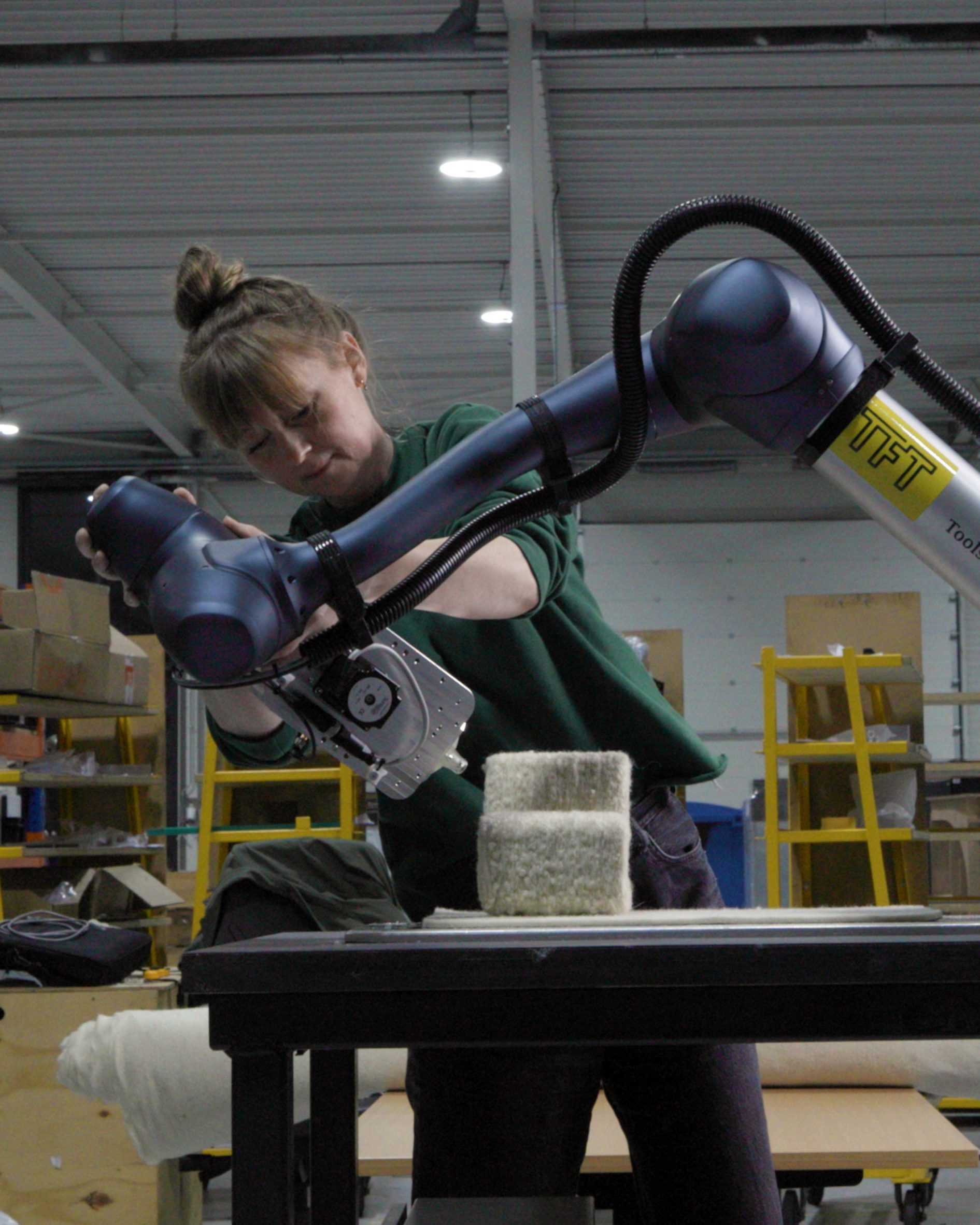
3D printed wool, developed by Christien Meindertsma
Selected by Anna Bates, curator at the V&A
"The combination of natural waste material, like wool, with modern robotics offers a compelling vision for the future of manufacturing," said Pearson and Lloyd.
"Traditionally, 3D printing uses molten materials such as plastic, ceramic, or cement to create a singular form. However, in a unique research process, Christien Meindertsma has developed a technique that uses needling to transform wool thread into a unified functional form, redefining what 3D printing can achieve."
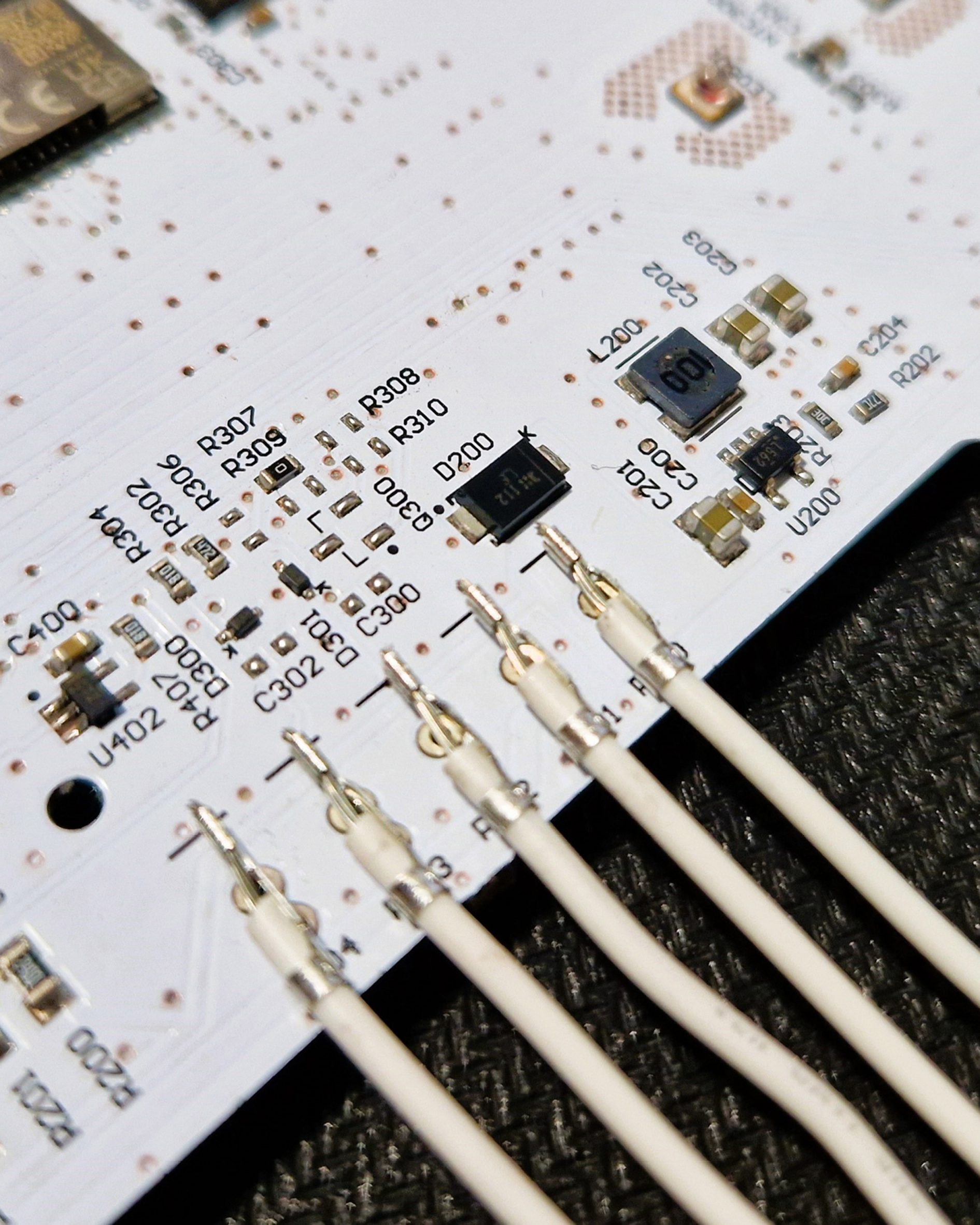
Soluboard, manufactured by Jiva Materials
Selected by Milo McLoughlin-Greening of Batch.Works
"Our digital world is here to stay. How we manage the inevitable redundancy that comes with advancing technology will be crucial to using our finite and valuable resources wisely," said Pearson and Lloyd
"E-waste, particularly complex circuit boards, poses one of the greatest challenges to creating a circular economy. Traditionally, circuit boards are made from thermoset plastics, with multiple materials permanently fused, making recovery difficult.
"Jiva Materials' innovative Soluboard enables the easy recovery of precious metals at the end of the product's life, allowing them to be recycled and reused. This is a prime example of thoughtful, sustainable design."
Well Made is on show from 14 to 22 September 2024 as part of London Design Festival. Visit Dezeen Events Guide to see our festival guide, featuring events taking place all over the city.